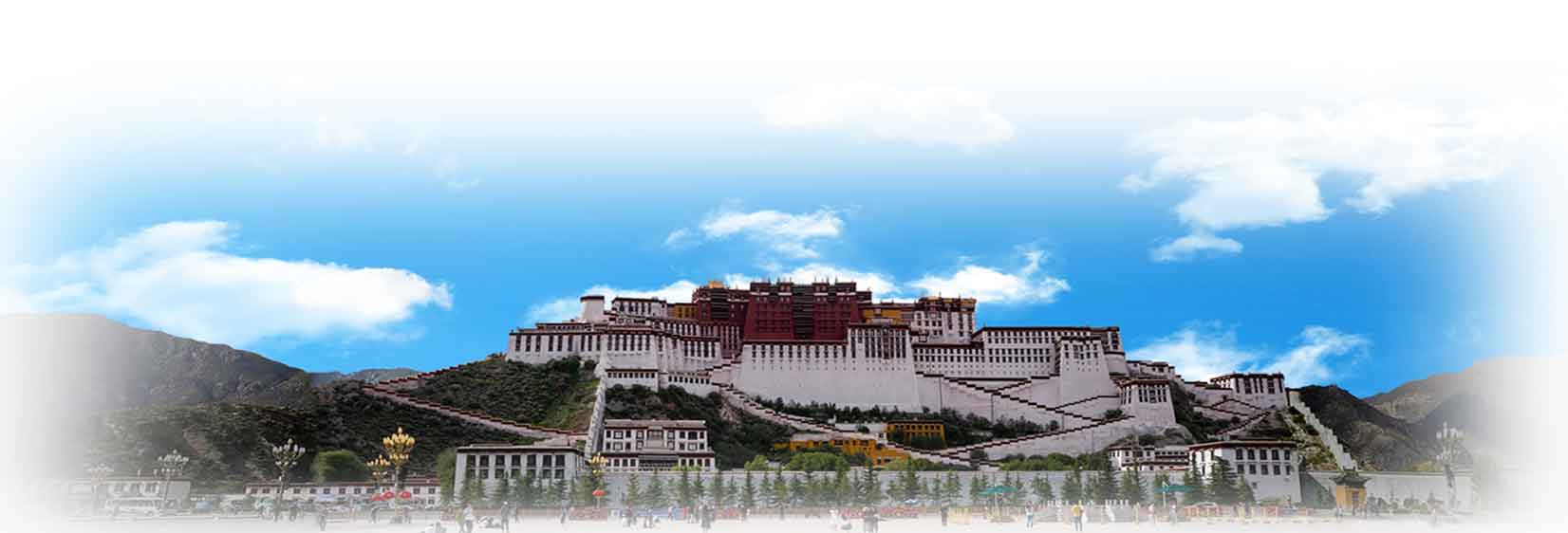This Opera recounts how the Tibetan emperor Songtsen Gampo brought his two brides from China and Nepal in the seventh century. However, much of the story is taken up with the skillful manipulations performed by the minister Gar Tongtsen, who was charged with bringing the princesses back to Tibet. He managed first to persuade the Nepalese king to part with his beloved daughter, who was considered to be an incarnation of Tārā, by matching his demands. As part of her dowry, the princess brought four statues to Tibet, two of which reside in Lhasa’s main temple, while another was brought to India and resides now in the temple at Dharamsala. Gar Tongtsen’s exploits in China are even more elaborate, and more involve in tricking the Chinese Emperor into parting with Princess Konin. However, he is also portrayed as self-sacrificing and willingly remains in China, where he marries a Chinese woman to ensure that the princess is delivered safely to Songtsen Gampo. Eventually, through more trickery, he escapes and returns to Tibet.
THE CHINESE AND NEPALESE PRINCES

The ability of this Tibetan minister to fool and make mockery of a Chinese emperor is not lost on the Tibetan people and is played up as much as possible. In recent times the Chinese have reinstated productions of this opera in Tibet, mainly in order to instill in the recalcitrant Tibetans a sense of patriotism for the motherland. However, it is difficult to imagine that the clever exploits of Gar will take much of a place in their production! The Chinese princess brought with her the famous Jowo statue of the Buddha that now graces the main temple in Lhasa.
The opera text is based heavily on two Tibetan works: Maņikabüm and Mirror Illuminating the Royal Genealogies. The first of these is a renowned work said to be mainly composed by Songtsen Gampo and revealed as a treasure text by three later masters. It focuses on meditative practices around the deity of compassion, Avalokiteśvara. As Songtsen Gampo is considered to be an incarnation of this deity, his life is recounted in the fourth section of the work. The second text is a fourteenth-century Tibetan chronicle attributed to Lama Dampa Sönam Gyaltsen.










